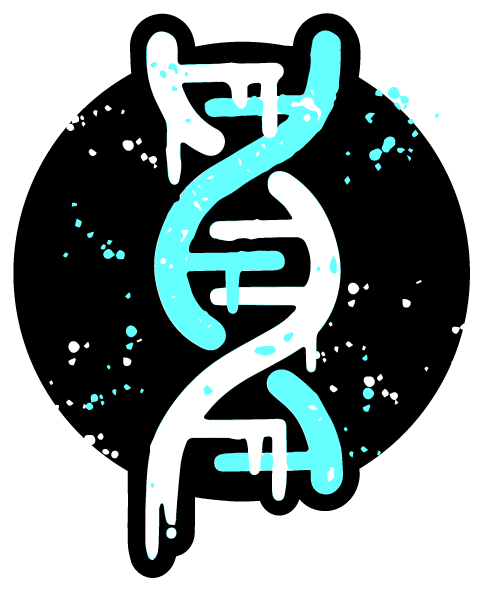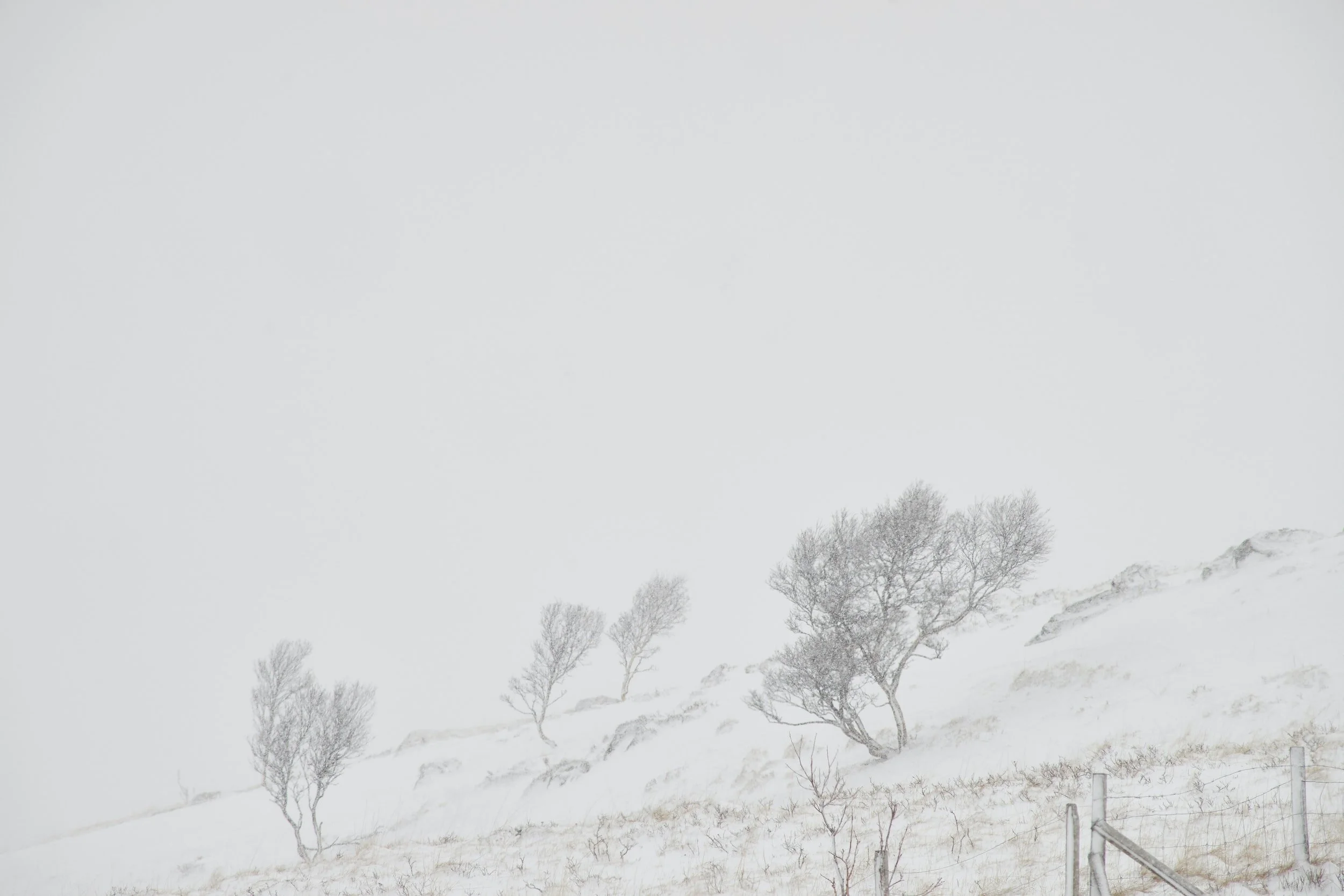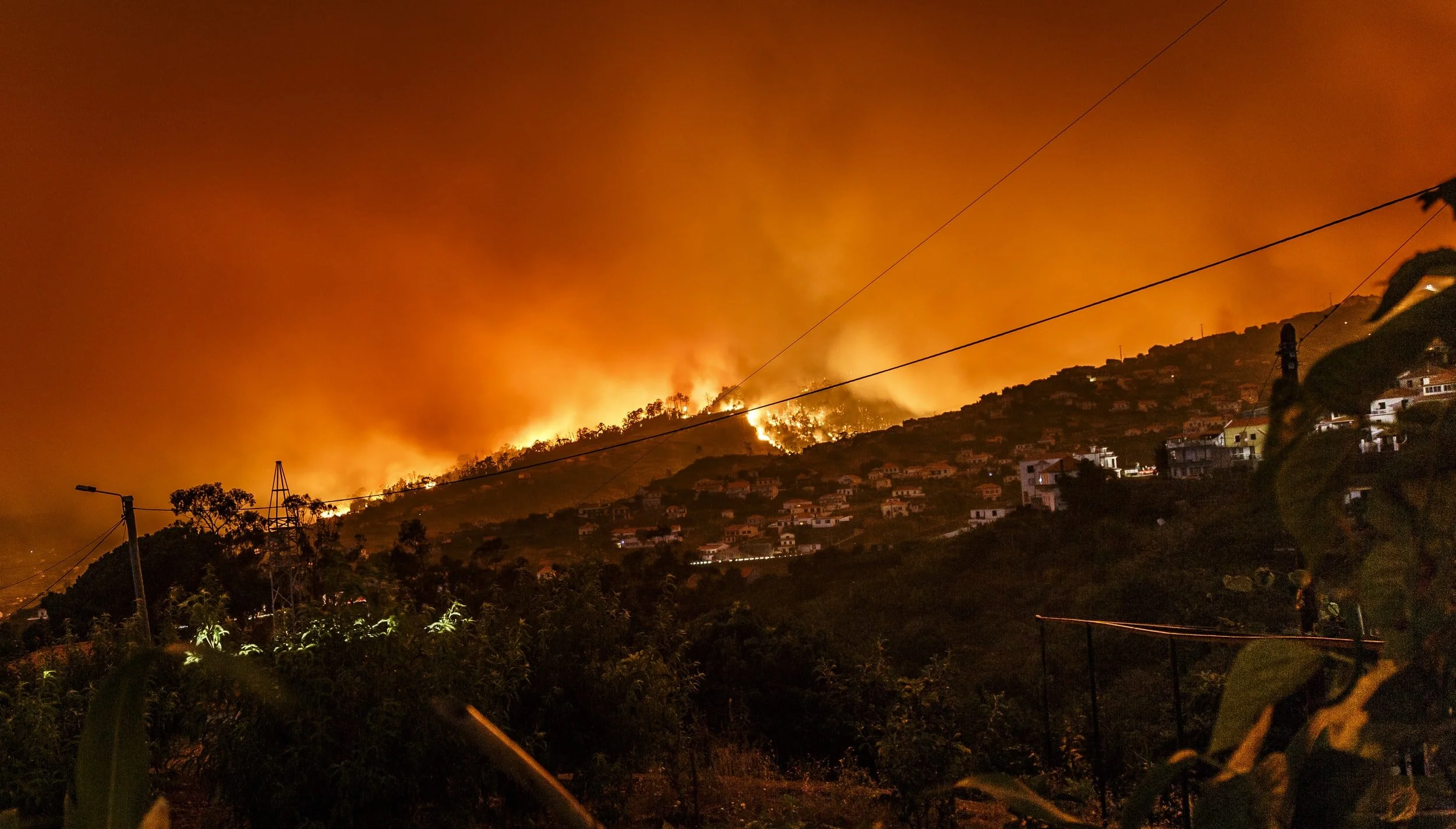Extreme winter storms
In 1898, Hermon Bumpus provided the first measurement of natural selection operating on a wild population. By comparing house sparrows that survived a severe snowstorm to those that perished, he was able to directly measure selection on body size and shape.
Events like the 1898 snowstorm can result in intense episodes of rapid demographic and evolutionary change. Since that time, extreme winter events have become more extreme and much more common across the United States. However, despite advances in technology and statistics, there are still few examples of biological response to intense weather events and fewer still have investigated the genes responsible for such changes.
To help fill this gap, we studied how an extreme winter storm caused by fluctuations in the Polar Vortex (maybe an insert explaining what the Polar Vortex is) impacted green anole populations, altering the cold tolerance, gene expression and genetic variation of the surviving population.















